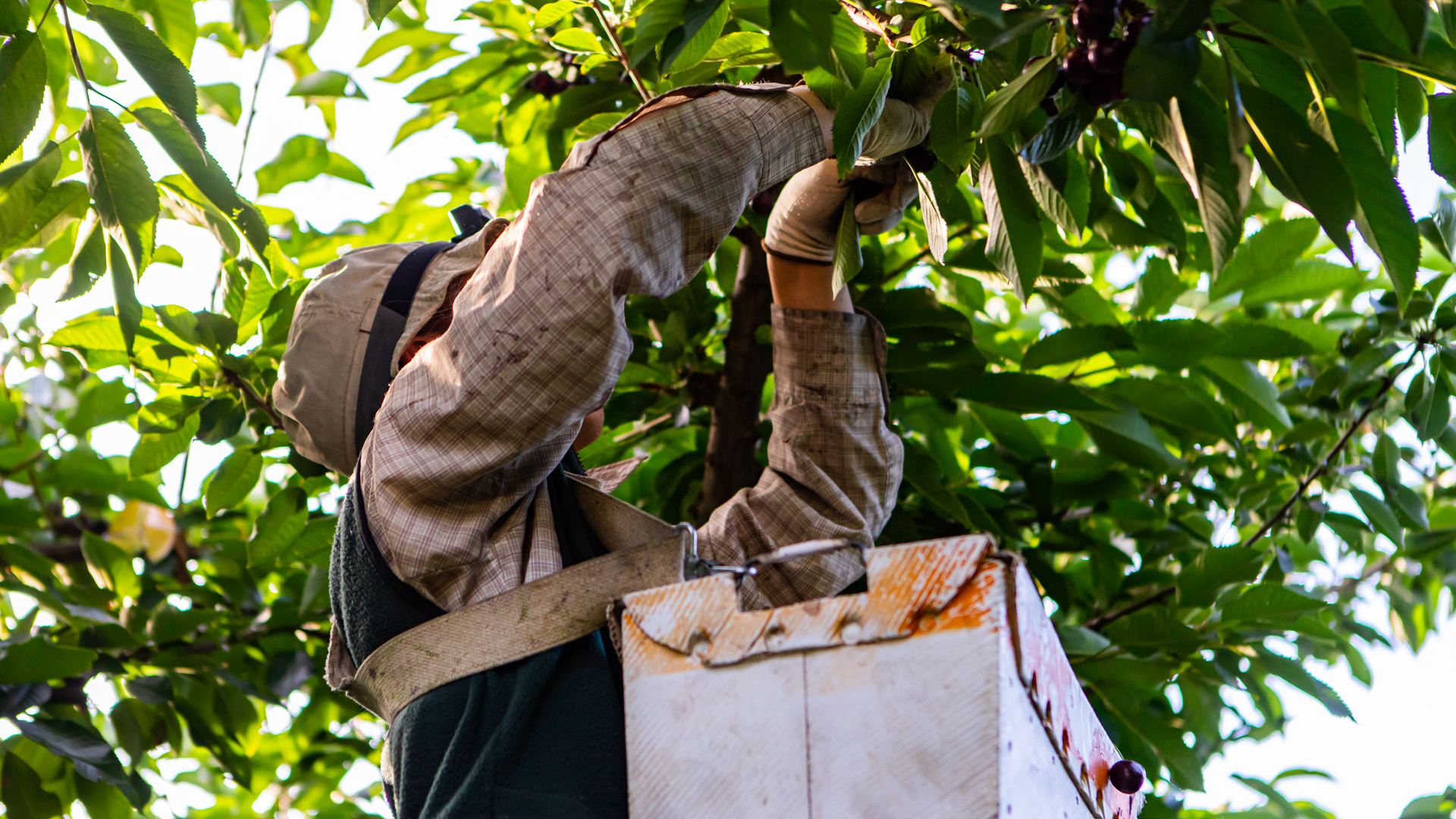
Canada is in dire need of more essential workers. Besides the ongoing pandemic, our population is aging rapidly. Each day, we have more elderly who need care and fewer workers to meet our employers’ needs. To address these issues, we need a proper migration channel allowing new essential workers at a variety of skill levels to come to Canada and help fill critical jobs. Such a streamlined pathway could be the first step toward making our system easier for both workers and employers. We need to move beyond the current scheme made up of a patchwork of pilots and hard-to-navigate programs. Our growing labour shortages and care needs create an imperative to begin building a comprehensive migration system supported by a collaborative effort by rights-respecting labour mobility actors.
In May, the government opened a one-time pathway to permanent residency for thousands of foreign-born individuals who already work in Canada in “essential” occupations. This program is one of many small steps that legislators have recently taken to address the effects of the ongoing pandemic. However, to truly address the labour shortage crisis, we need to not only offer permanent residency to those already in the country, but also to offer migration channels that will allow more new essential workers to enter.
The pandemic has especially highlighted the extent to which we depend on foreign-born caregivers, child-care workers and workers in the food supply chain. The waitlist for a personal support aide in Ottawa had nearly 3,000 names at the end of last year, and the number of job openings in health care and social assistance hit a record high after jumping nearly 57 per cent.
At the same time, Canadian farmers have reported that the lack of workers in agriculture has already led to production delays. Even pre-pandemic numbers point to a crucial workforce scarcity, with estimates that the country will be short about 200,000 new health-care aides and 123,000 farm workers by the end of this decade. Distressingly, this growing labour force scarcity is not tied just to certain sectors. The overall labour market trends suggest that in the next decade our businesses will be short by two million workers across many industries.
To address the deepening labour shortage, lawmakers decided that more than 400,000 foreign-born individuals – primarily those who are already in Canada – will become eligible for permanent residency in 2021. This will be only the sixth time since 1867 that we have accepted more than 300,000 permanent residents. The federal government has already taken other meaningful steps toward this goal. Before announcing the one-time pathway to permanent residency for certain foreign-born essential workers, it lowered the threshold for immigrants applying for residency through the point-based system to a historic low.
Although these policies represent important efforts to boost permanent migration, they alone will not solve the labour scarcity issue. Neither one of them establishes sustainable pathways that allow new essential workers currently abroad to come work in Canada and settle here permanently, should they wish to do so.
Current regular mobility pathways exclude most essential workers, such as home caregivers, cashiers and food-processing workers because of education-based criteria that typically require formal certification or a degree. Despite the proven enduring need for essential workers with a variety of skills – not only doctors and registered nurses – the country has yet to introduce ways to accommodate these workers, who may have lower education levels but who are just as important.

Besides offering permanent residency to those who are already here, we need migration channels to bring more essential workers to Canada. Specifically, the government should create a large-scale stable labour mobility program to bring new international talent and essential workers. Such a step must go hand-in- hand with heightened efforts to strengthen protections against abuse in worker recruitment, as well as operational support for migrants who meet the admission criteria but lack the networks and information necessary to get good jobs.
Even if eligible for the program, foreign-born workers still face many operational barriers, from identifying suitable jobs with reliable employers to the processing of official documents both outside and inside Canada. These barriers can slow down or even prevent their arrival. A collaborative effort could create a new “ecosystem” within the labour mobility space to assist workers in navigating existing programs and overcoming these barriers, with an eye toward labour rights. Such efforts would vastly improve employer and worker experiences with labour mobility, leading to a better and more effective migration system.
Our current system is fragmented and hard to understand. The federal government’s attempts to open new ways to address specific migration issues and labour scarcity have led to a patchwork of more than 100 programs and pilots at the federal as well as provincial level. This is extremely difficult for foreign workers and Canadian employers to understand and navigate.
The caregiver sector is a great example of this dissonance. In 2019, the government introduced two new pilots for foreign-born caregivers – a sector with a long and complicated history of migration programs. These new pilots followed two previous five-year caregiver pilots as well as the original program under the Temporary Foreign Worker Program (TFWP), all of which are currently closed.
However, even though the government no longer accepts new applications for these old programs, it still continues to process certain claims submitted for the two previous pilots and to renew existing work permits for TFWP caregivers. As a result, foreign-born caregivers can work in Canada through six separate programs, depending on their current situation. That is just at the federal level. Earlier this year, Quebec launched an additional pilot at the provincial level to accept up to 550 individuals to work as orderlies.
On top of that, the federal caregiver pilots – the only ones accepting new applications – are capped at 5,500 workers, far fewer than the nearly 12,000 new permits that TWFP caregivers received in 2014 before the program began to wind down. Similar to caregivers, workers and employers in other essential industries such as food processing, transportation, construction and manufacturing experience equally confusing and small-scale mobility pathways, if they exist at all.
The federal government’s efforts to provide permanent residency to workers with a variety of skills are certainly laudable. Yet these new policies alone are unlikely to secure enough new workers to address the country’s current and future labour demand. Simply put, there are two issues that must be addressed: our current system is complicated and hard to navigate for both employers and workers; and it doesn’t let enough new foreign-born essential workers at a variety of skill levels enter the country.
Creation of a streamlined program is just the first step. We also need to make labour migration simpler and fairer for workers and employers. This is why alongside a new essential workers pathway, we need to begin building a new ecosystem of labour mobility actors, which would lay the groundwork for a quality “labour mobility industry.” A quality labour mobility industry would bring together actors within the migration space, who respect and promote the rights of workers by ensuring nondiscriminatory and humane treatment and by engaging in other ethical practices such as not requiring recruitment fees and providing lawful wages and working hours. The array of ethical actors would include recruiters, financial intermediaries, remittance providers, transportation providers, travel agents, migration lawyers, consultants and others.
Together, these actors would provide a variety of quality services to facilitate worker mobility under supervision and in accordance with our labour standards and rights, as well as existing bilateral and multilateral agreements. In other words, an industry of co-ordinated ethical actors would streamline the migration process, making it easier, faster and safer to navigate. Importantly, organized co-operation among good actors could also help eliminate at least some of the bad outcomes often seen in existing systems that frequently result in migrant indebtedness, fraud regarding job terms and quality, worker abuse, and irregularity. This would build both worker and employer trust in the system, and hopefully encourage more “good” migration to help fill our essential worker shortages.
The global pandemic and its aftermath have revealed the invaluable role of essential workers. Now we have an excellent opportunity to develop a coherent mobility pathway for additional essential workers. The latest policy efforts suggest that the political will may be there. This new pathway could lay the foundation for a more-equitable immigration system, underpinned by a quality mobility industry that supports safe and legal migration pathways, while ensuring positive outcomes for workers of all skillsets. It’s time for Canada to once again take the lead on labour mobility by setting an example of good practice, so other countries seeking to modernize their immigration schemes can follow.











